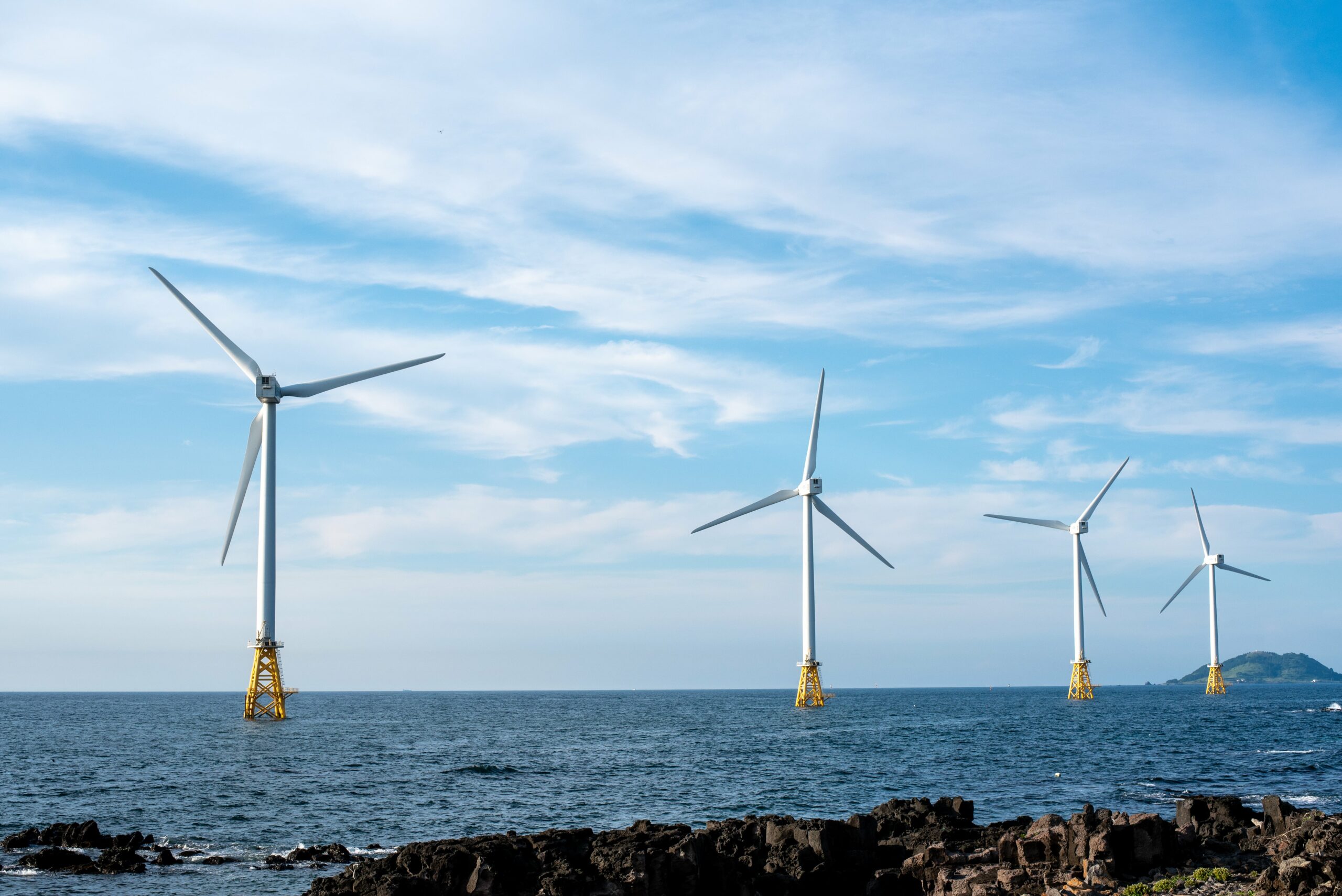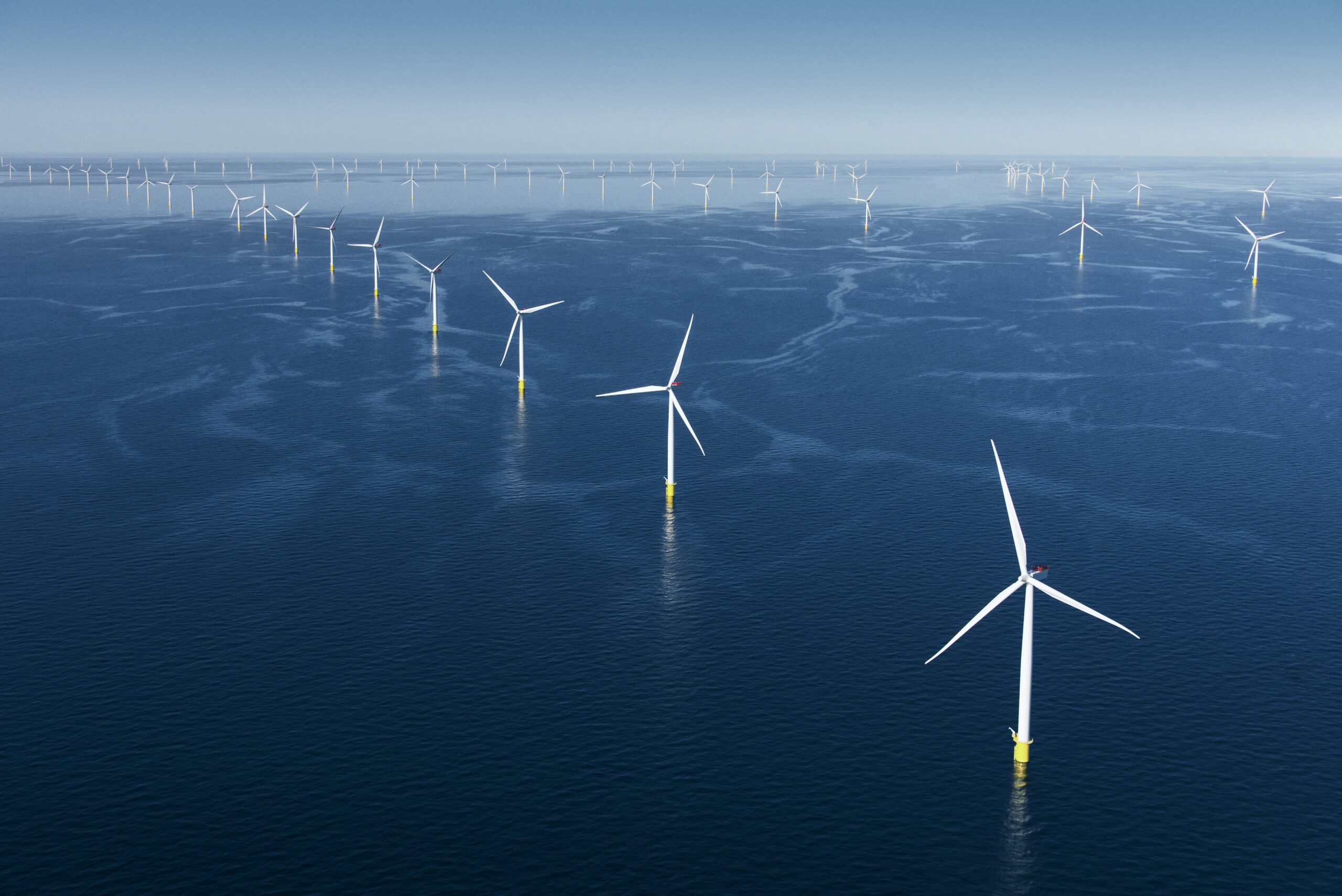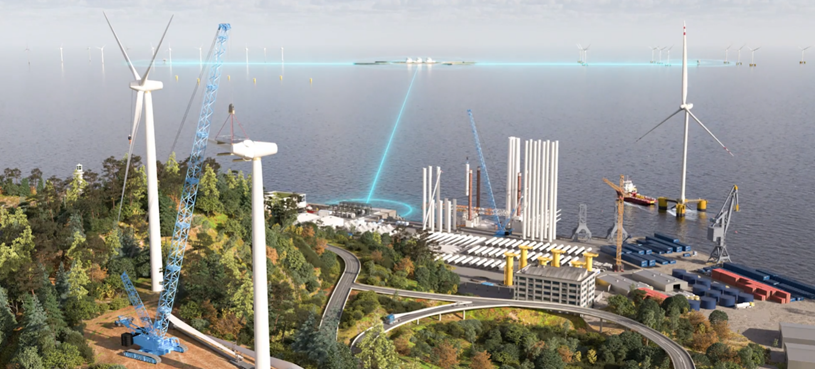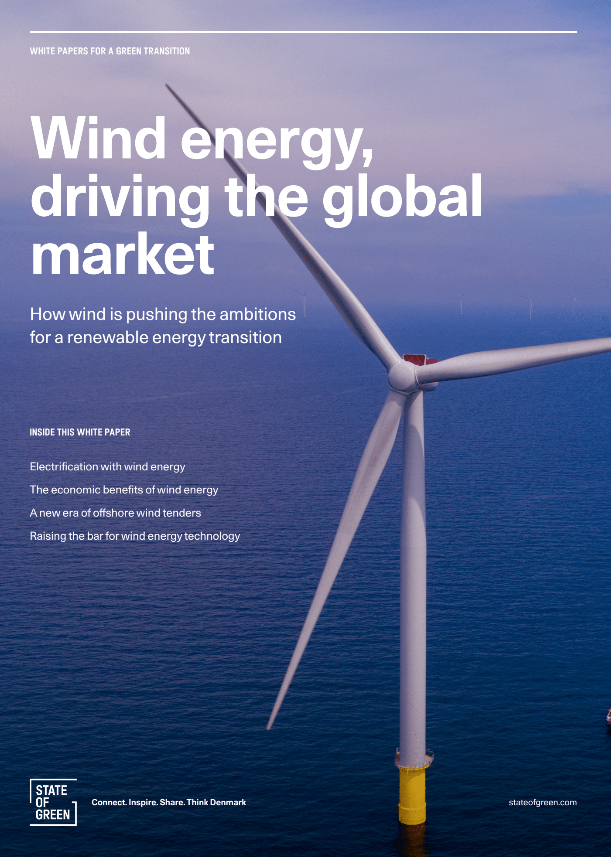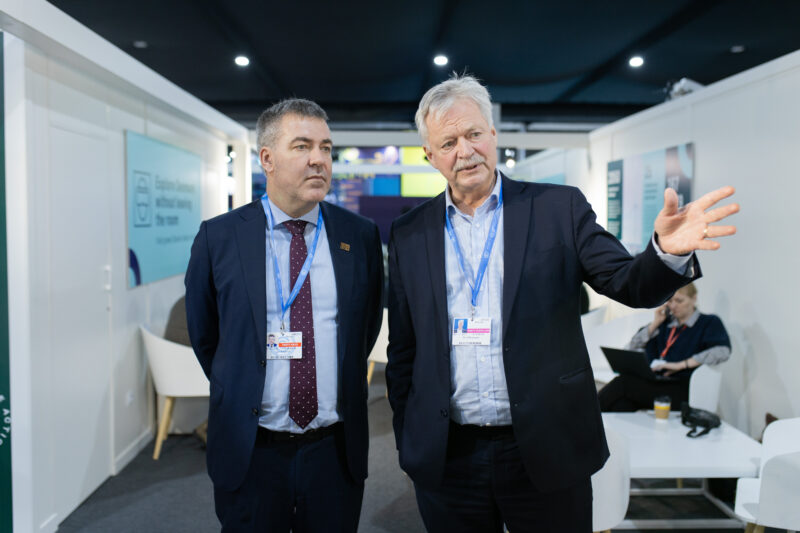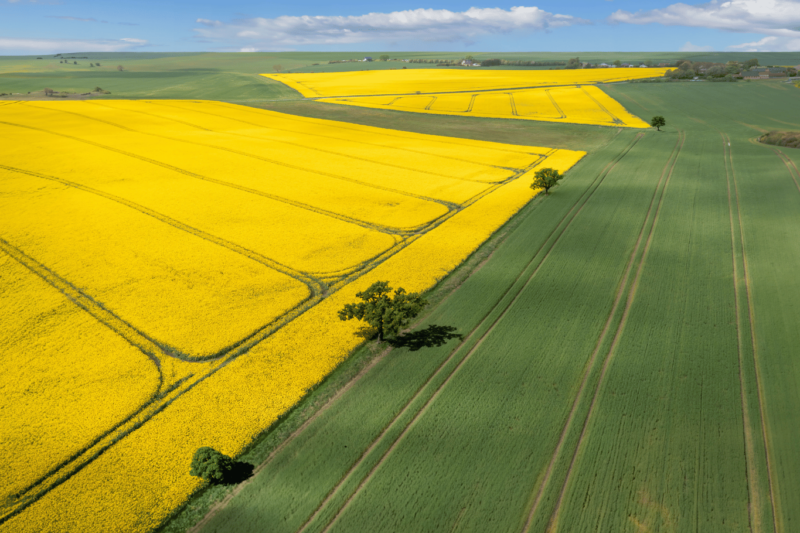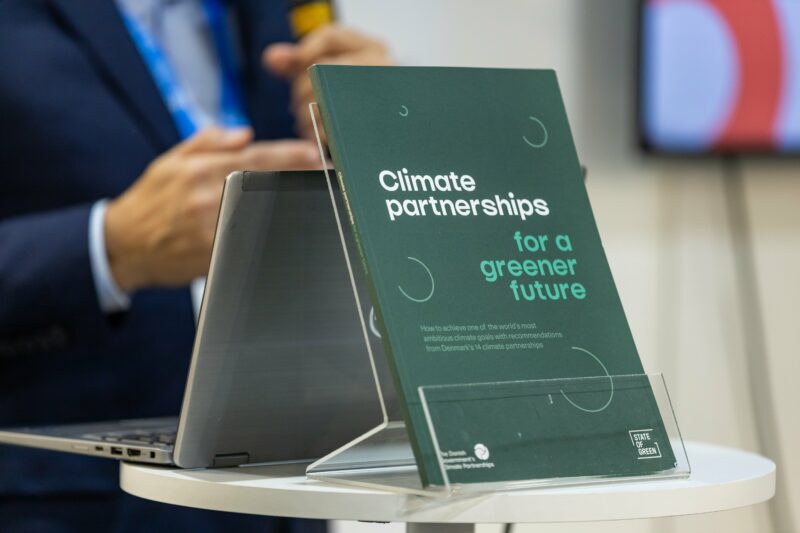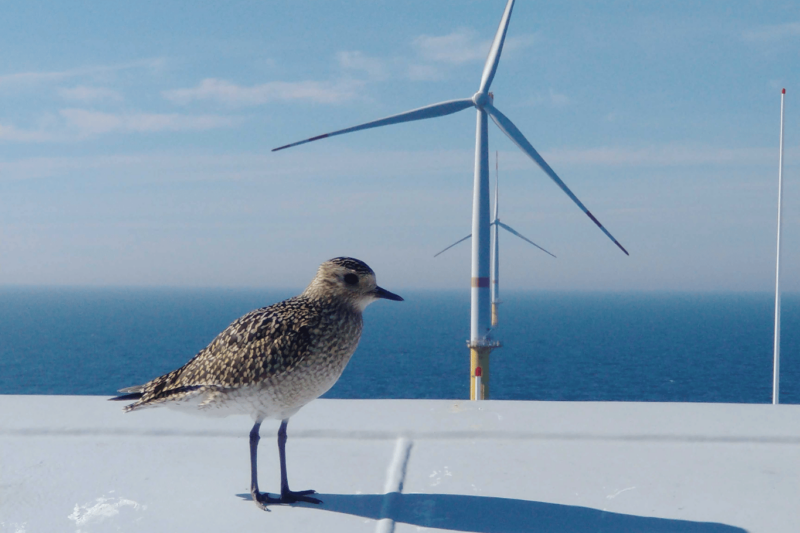Denmark is an important partner for South Korea in their offshore wind development, and the cooperation has now been renewed. The partnership renewal was signed by the Minister of Climate, Energy, and Utilities in Denmark, Lars Aagaard, during a business delegation to South Korea on 5-7 March.
South Korea has an ambition to install 14.3 GW of offshore wind by 2030, and Denmark, with its knowledge, experience, and solutions in the offshore wind sector, is committed to assisting in achieving this goal. The collaboration between Danish and South Korean energy authorities includes knowledge sharing, regulation of offshore wind, and the green solutions that Danish businesses can provide.
“South Korea has significant ambitions for the expansion of renewable energy, especially offshore wind, an area where Denmark has considerable expertise. I am pleased that we have renewed this collaboration. Denmark is one of the world’s leading countries in green transition. Therefore, it is Denmark’s duty to help spread knowledge and experience and export solutions that pave the way for a climate-neutral world,” Lars Aagaard, Minister of Climate, Energy, and Utilities in Denmark.
By the end of 2022, South Korea had a total installed wind capacity of just over 1.6 GW, with the majority being onshore wind, while the South Korean government aims to have installed 14.3 GW of offshore wind by 2030.
